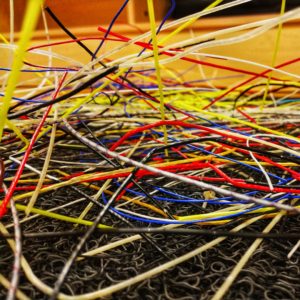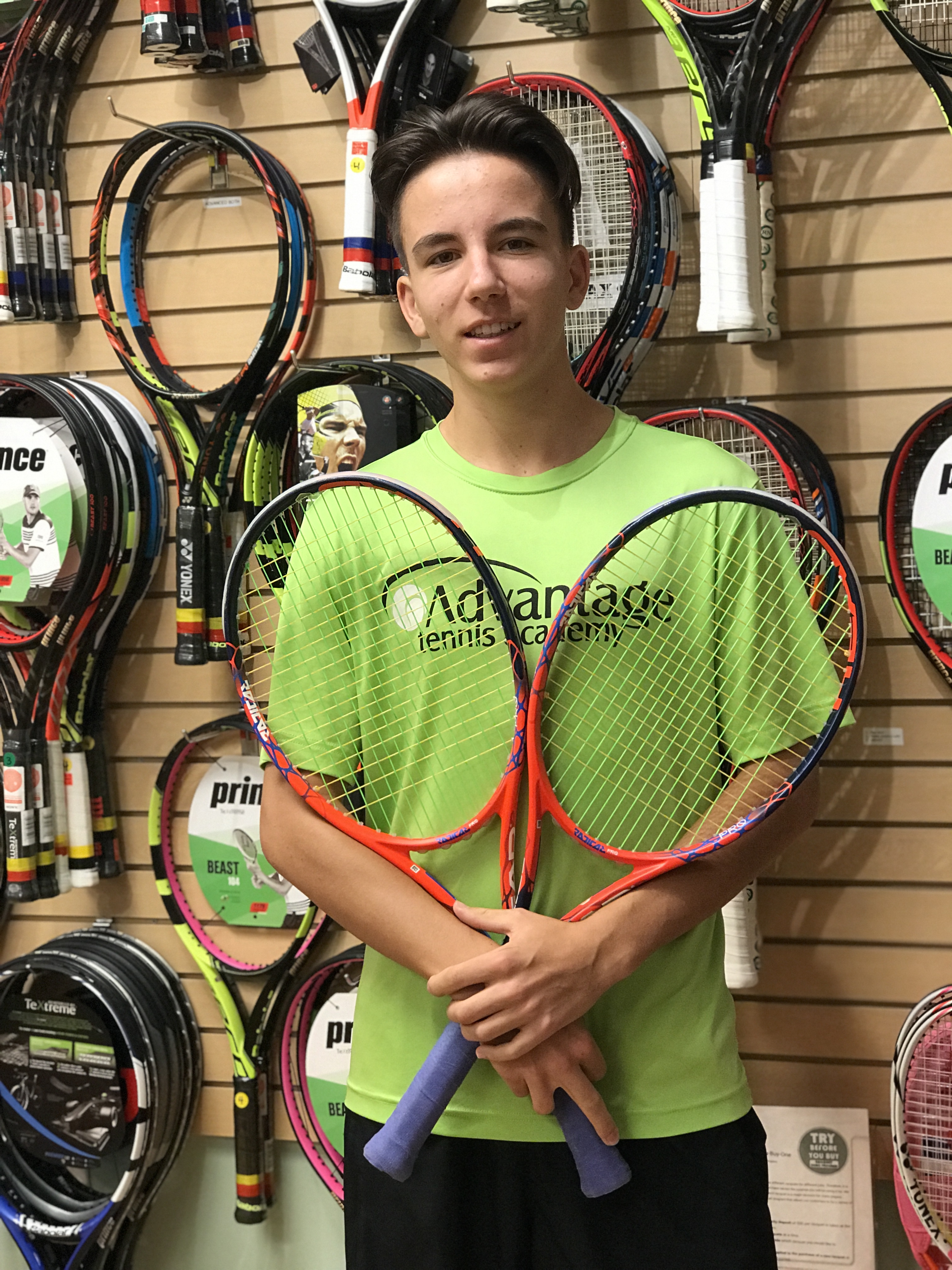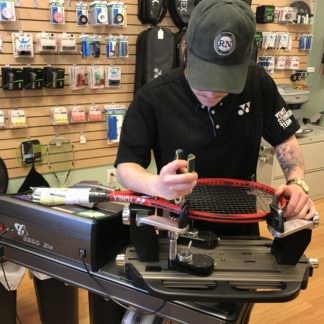
Racquet Network offers the full line of Tecnifibre reels and eco-boxes imported by Tecnifibre Canada. All string reel orders must be placed online through the website. Customers may have their orders shipped to their homes/offices or they may choose SHIP TO STORE for local pickup. We do not sell string reels out of the store. All reels in the store are for use on our stringing machines.
We are happy to offer both tennis and squash string made by Tecnifibre. We carry the full range of colours and gauges imported by Tecnifibre Canada. Please understand that some colours and gauges are not available in Canada.
Tecnifibre String Reels
Below is a selection of the Tecnifibre string reels we offer online. To see our full range, use our ONLINE RACQUET SELECTOR below or visit is in-store.
-
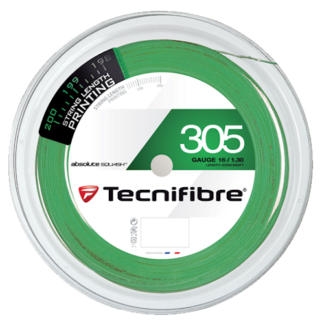
Tecnifibre 305 Squash String Reel – 16 Gauge
Original price was: CAD $299.00.CAD $232.00Current price is: CAD $232.00. -

Tecnifibre 305 Squash String Reel – 17 Gauge
Original price was: CAD $299.00.CAD $232.00Current price is: CAD $232.00. -

Tecnifibre 305 Squash String Reel – 18 Gauge
Original price was: CAD $299.00.CAD $232.00Current price is: CAD $232.00. -
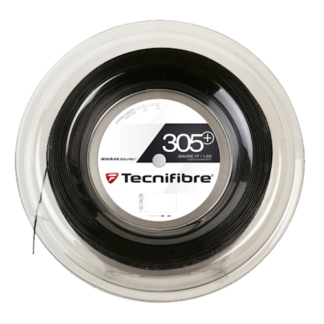
Tecnifibre 305+ Squash String Reel – 18 Gauge
Original price was: CAD $299.00.CAD $232.00Current price is: CAD $232.00. -
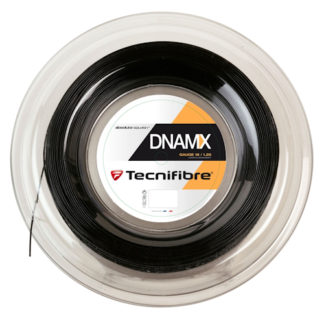
Tecnifibre DNAMX Squash String Reel – 17 Gauge
Original price was: CAD $299.00.CAD $246.00Current price is: CAD $246.00. -

Tecnifibre DNAMX Squash String Reel – 18 Gauge
Original price was: CAD $299.00.CAD $246.00Current price is: CAD $246.00. -
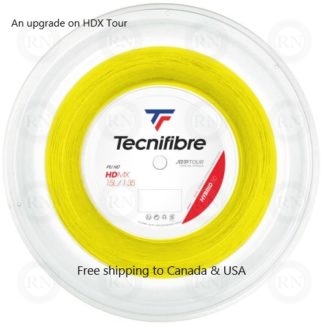
Tecnifibre HDMX 15L Tennis String – Reel
Original price was: CAD $425.00.CAD $305.00Current price is: CAD $305.00. -
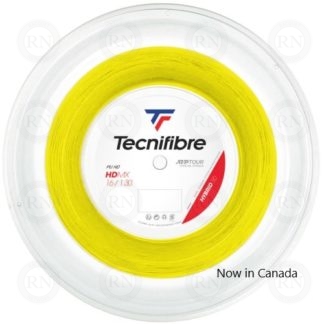
Tecnifibre HDMX 16 Tennis String – Reel
Original price was: CAD $425.00.CAD $305.00Current price is: CAD $305.00. -
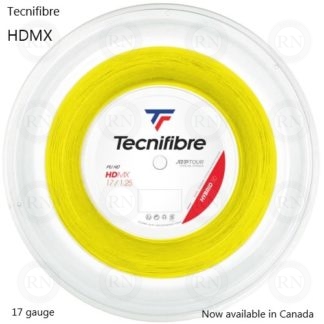
Tecnifibre HDMX 17 Tennis String – Reel
Original price was: CAD $425.00.CAD $305.00Current price is: CAD $305.00. -
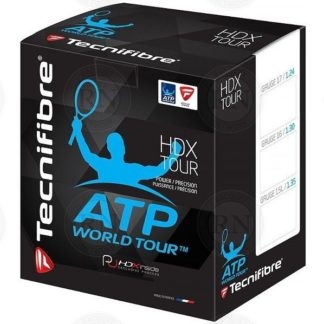
Tecnifibre HDX Tour Tennis String – Eco Box – 16 Gauge
Original price was: CAD $425.00.CAD $305.00Current price is: CAD $305.00. -

Tecnifibre HDX Tour Tennis String – Eco Box – 17 Gauge
Original price was: CAD $425.00.CAD $305.00Current price is: CAD $305.00. -
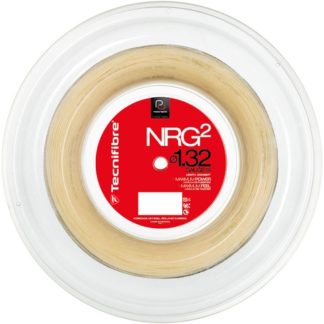
Tecnifibre NRG2 Tennis String Reel – 16 Gauge
CAD $349.00 -

Tecnifibre NRG2 Tennis String Reel – 17 Gauge
Original price was: CAD $349.00.CAD $273.00Current price is: CAD $273.00. -
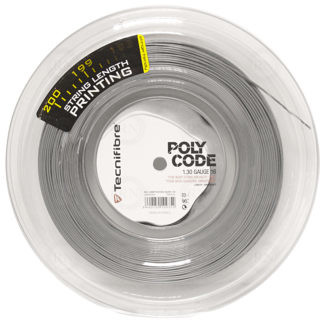
Tecnifibre Poly Code Tennis String Reel – 16 Gauge
Original price was: CAD $149.00.CAD $104.00Current price is: CAD $104.00. -

Tecnifibre Poly Code Tennis String Reel – 17 Gauge
Original price was: CAD $149.00.CAD $104.00Current price is: CAD $104.00. -
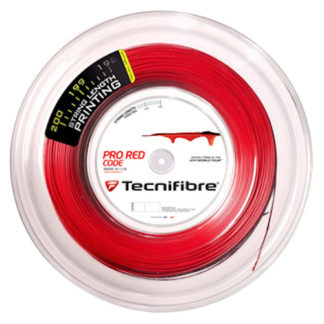
Tecnifibre Pro Red Code Tennis String Reel
Original price was: CAD $344.00.CAD $231.00Current price is: CAD $231.00. -
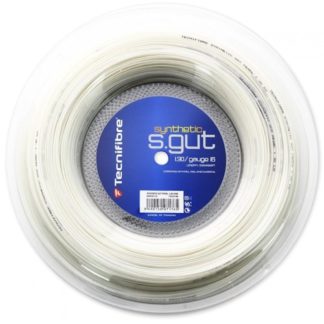
Tecnifibre Syn Gut Reel – 16 Gauge
Original price was: CAD $109.00.CAD $84.00Current price is: CAD $84.00. -

Tecnifibre Syn Gut Reel – 17 Gauge
Original price was: CAD $109.00.CAD $84.00Current price is: CAD $84.00. -
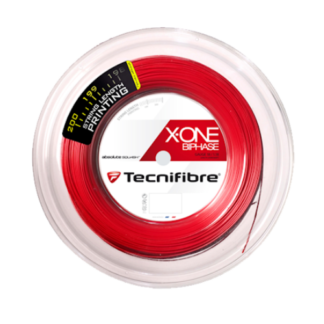
Tecnifibre X-One Biphase Squash String Reel – 18 Gauge
Original price was: CAD $319.00.CAD $253.00Current price is: CAD $253.00. -
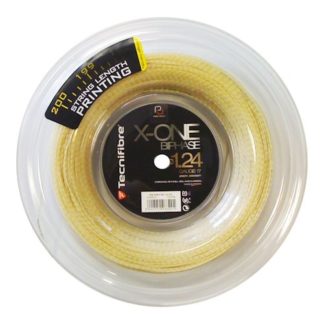
Tecnifibre X-One Tennis String Reel – 16 Gauge
Original price was: CAD $329.00.CAD $287.00Current price is: CAD $287.00. -

Tecnifibre X-One Tennis String Reel – 17 Gauge
CAD $329.00
 |
For a full list of racquet string in this category, please check out our ONLINE STRING SELECTOR. You can sort by sport, gauge, brand, and more. |

